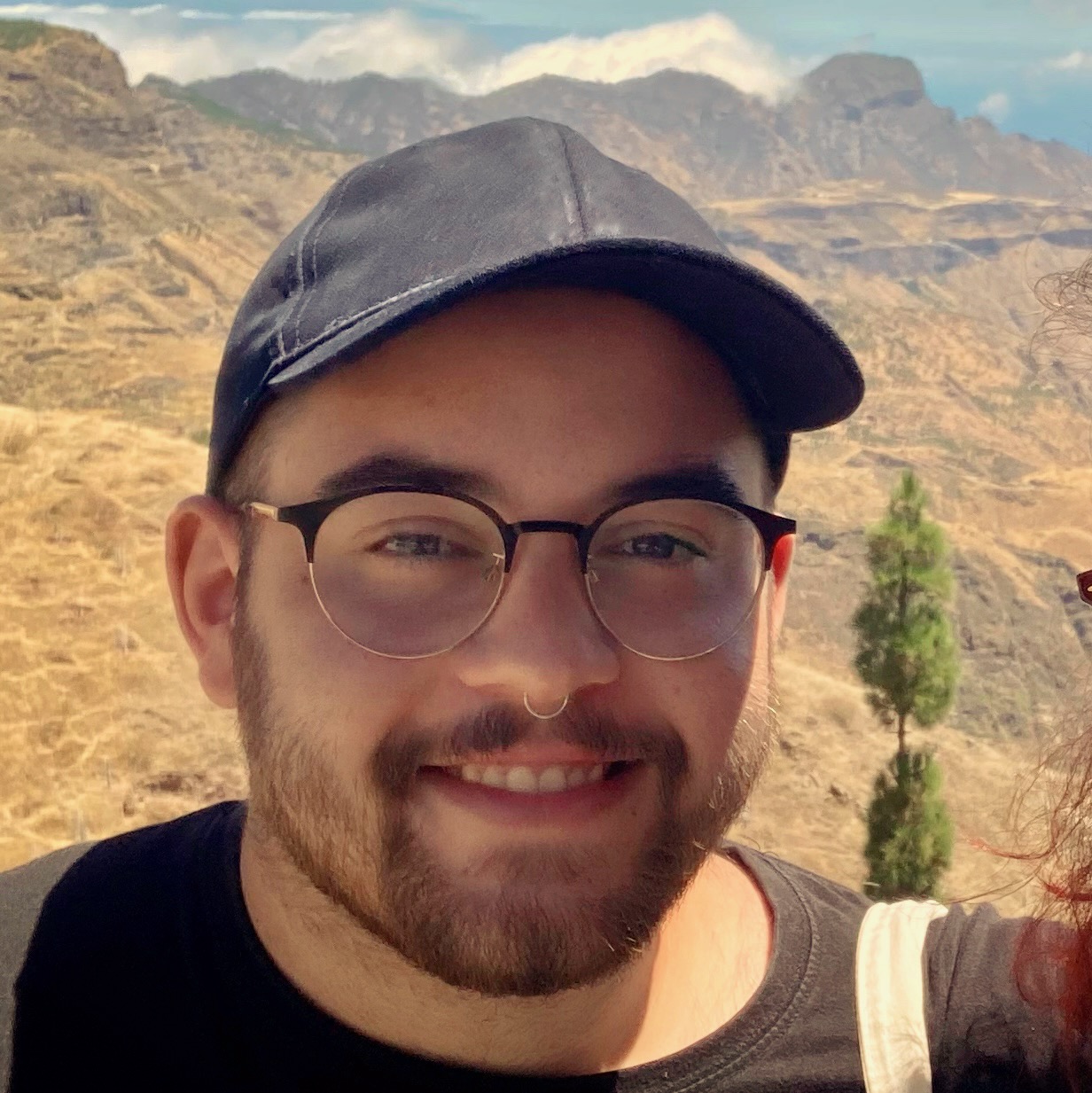You May Also Enjoy
Automatic AS-IS reports in SAP Integration Suite.
3 minute read
Published:
When you work with SAP Integration Suite, you quickly realize that the hard part isn’t always building new interfaces. It’s understanding what’s already there. Over time, integration packages pile up, documentation gets stale, and nobody really knows the real, up-to-date state of the integration landscape.
Where is that plane going? A shortcut for plane-spotters
5 minute read
Published:
A friend of mine has a curious habit: whenever she sees a plane in the sky, she immediately checks Flightradar24 to find out where it’s headed and where it came from. It turns out (perhaps unsurprisingly for those in the industry) all sorts of things happen in the sky. There are hot-air balloons for tourists, law enforcement aircraft, pilots in training, commercial flights, military planes… and somehow, all of them are tracked on Flightradar24.
On using wrong tools
5 minute read
Published:
About two years ago I bought an AirTag. I usually go days without driving, so I end up not being sure about where my car is parked. The AirTag is a simple solution for this: I left it in my glovebox and now I can check my car’s location, almost live, in my phone.
Some useful customizations for macOS.
4 minute read
Published:
I started using a Mac back in 2018. My computer, an fairly standard HP laptop I’d bought back in 2013, was beginning to become a source of troubles. The charger wouldn’t charge, the keyboard wouldn’t hold the keys in place, and generally the computer wouldn’t compute. This was a problem, given that I was a destitute student. To my surprise, older MacBooks (the white poylycarbonate MacBooks made back in 2010) where dirt cheap, even when bought from overseas and thus with shipping and custom costs included in the price. I bought one for about 130€. It lacked the Euro (€) key and I couldn’t type words containing an ñ directly, but it felt like a small inconvenience and I quickly found workarounds. That little laptop proved hardy and powerful enough for my daily tasks, and it carried me through a computational physics course during which the rubber in the bottom peeled due to the excessive heat emanating from its dying processor. It was a pretty nice machine.

